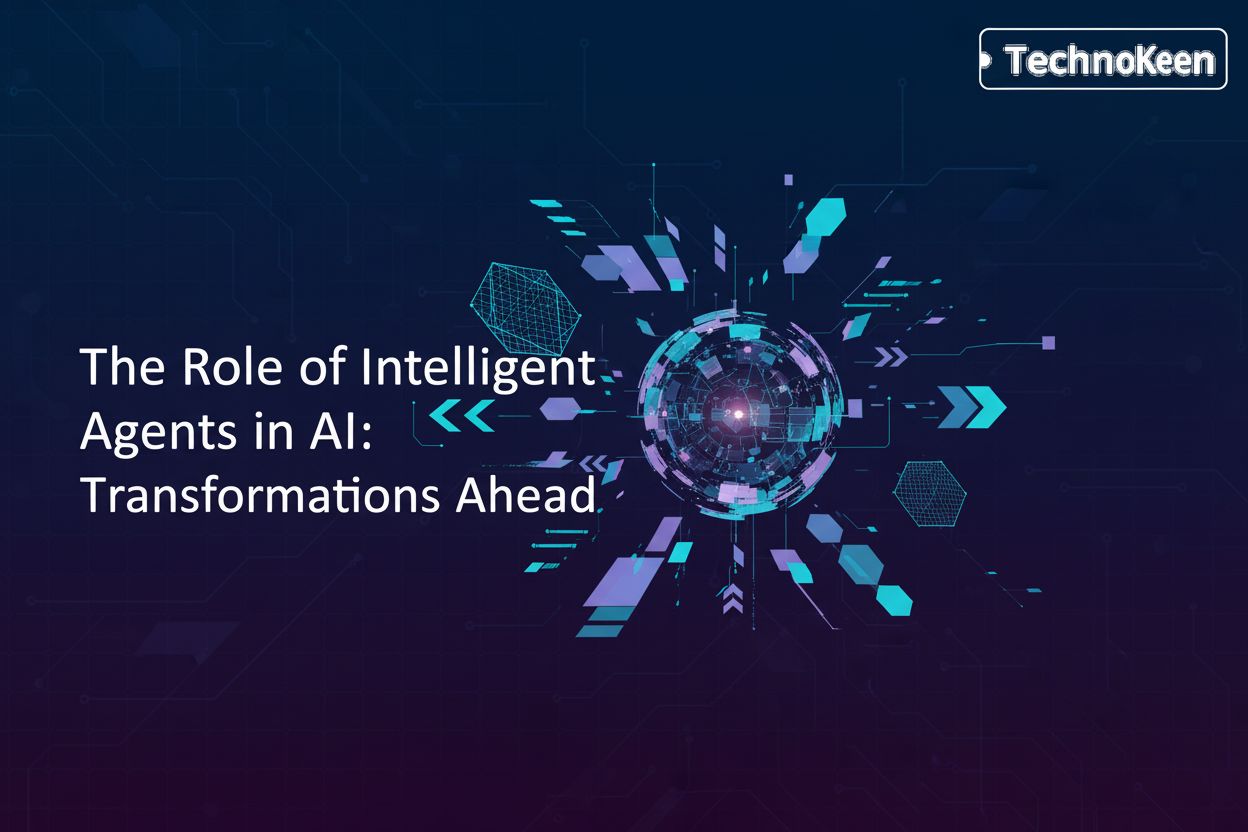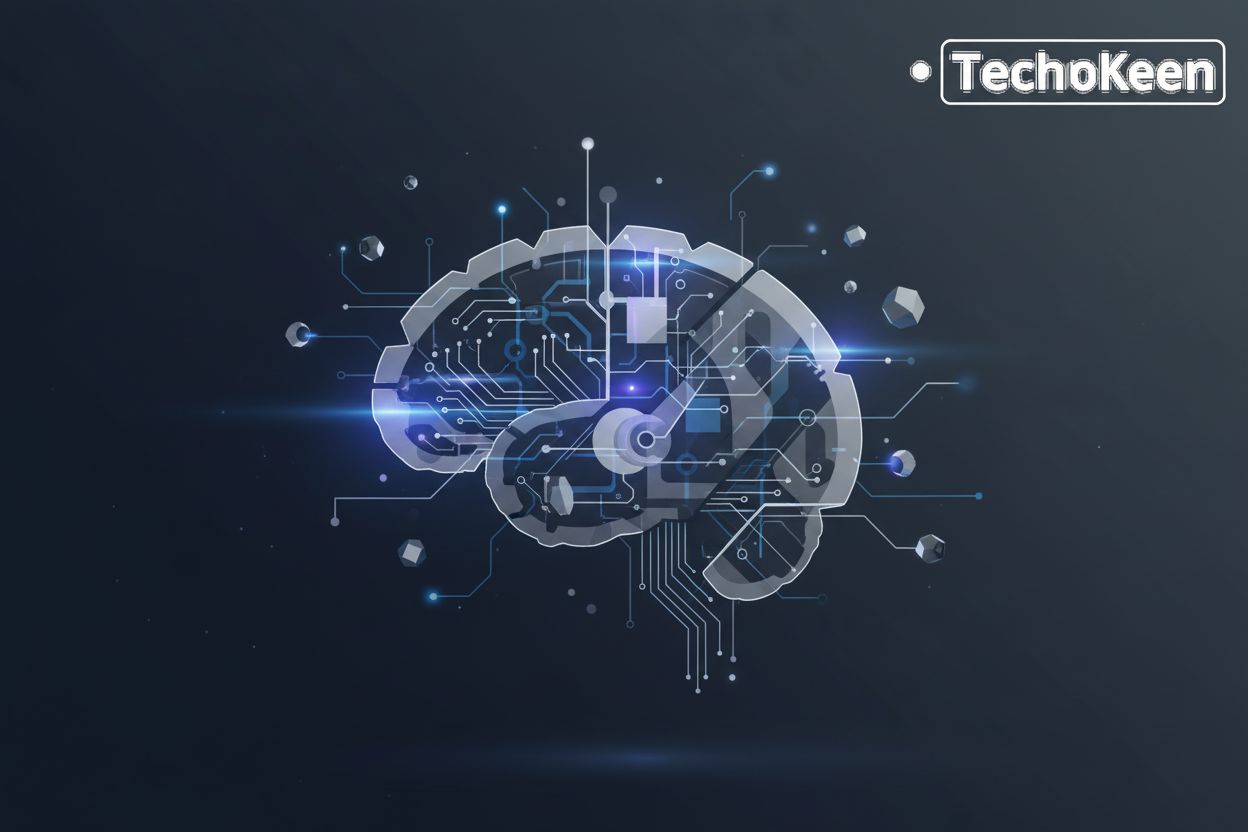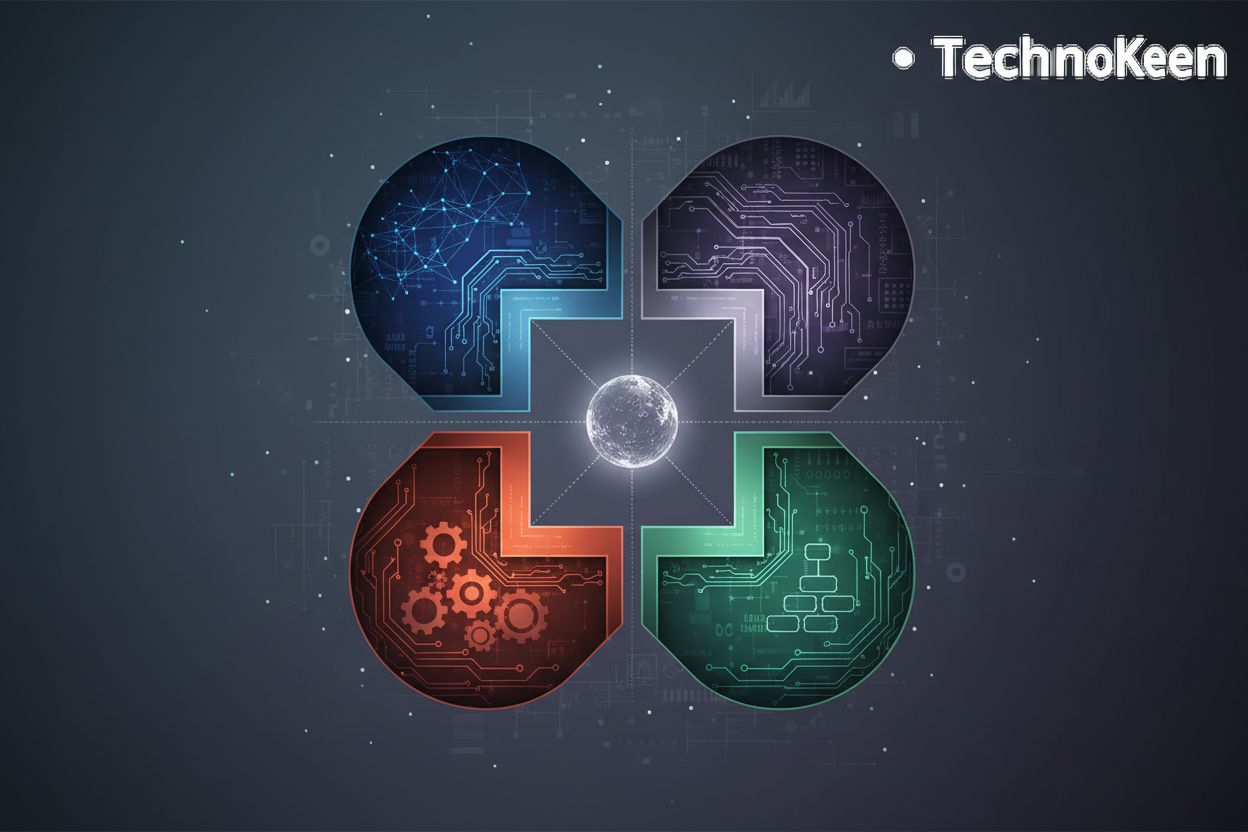Unveiling the Black Box: Explainable AI Techniques
TL;DR
The Imperative of Explainable AI in AI Agent Development
Okay, so, Explainable AI Agents – why should you care? Honestly, it's becoming a must-have.
It’s not just about being nice to users. AI agents are creeping into everything, from healthcare to deciding if you get a loan. That kinda makes you think, "wait, how did it come up with that?!"
Decision-Making: More and more, AI agents are making high-stakes decisions. Like, imagine an agent deciding treatment plans for patients, or flagging potential fraud in finance. You need to understand how it got there.
Transparency & Accountability: We can't just let these "black boxes" run wild. If something goes wrong, who's responsible? Transparency is key so we can actually trace back the steps.
Understanding is Key: People need to understand how these agents are thinking. If you don’t understand the AI agent's process, you may not trust it.
Explainability isn’t just some nice-to-have feature; it builds trust.
Confidence Booster: Knowing the why builds confidence. Users trust AI that explains itself.
Bias Detection: If you can see how the AI is working, you can spot any biases creeping in.
Responsible Governance: Understanding the reasoning is crucial for ethical AI practices.
So, yeah, explainability isn't just a feature, it's about making AI something we can actually use responsibly. This understanding is what bridges the gap between simply having an AI agent and having one that's truly integrated and reliable.
Key Explainable AI Techniques for AI Agents
LIME and SHAP, huh? Sounds like flavors of some fancy new soda, but trust me, they're way more useful. These techniques are like giving your ai agent a truth serum – making it spill the beans on how it makes decisions.
LIME, or Local Interpretable Model-Agnostic Explanations, is all about giving you the scoop on why an ai agent made a specific call. It's model-agnostic, meaning it doesn't matter what kinda fancy ai is under the hood.
- LIME basically creates a simplified, human-friendly model around a single decision point.
- Think of it like this: your ai agent denied a loan application. LIME can show you which factors (income, credit score, debt) were the biggest red flags in that applicant's case.
- It's especially handy in industries like marketing automation, helping you figure out why certain leads are getting hot-shotted while others are left in the cold.
- LIME is localized, meaning it focuses on explaining one specific prediction. This can be a limitation when you need to understand the overall behavior of the AI across many different scenarios, rather than just a single instance. For example, if you're trying to understand general trends in customer behavior, a localized explanation for one customer might not be enough.
SHAP, or SHapley Additive exPlanations, takes a more holistic approach. It borrows some ideas from game theory to break down how each feature contributes to an ai agent's prediction.
- SHAP values tell you how much each input feature nudged the output away from a baseline. Think of it like this: imagine your AI is trying to guess a person's weight. The "baseline" might be the average weight of everyone in the dataset. SHAP values would then tell you how much each piece of information about a specific person – like their height, their reported activity level, or their diet – pushed the AI's prediction up or down from that average.
- Imagine you're running a sales ai. SHAP can reveal that while location is generally important, a customer's past purchase history was the real game-changer in closing a particular deal.
- It can be a great way to explain to clients why a certain segment is more prone to churn.
These techniques are powerful tools for understanding individual predictions, offering a glimpse into the AI's "reasoning" for specific outcomes.
Implementing XAI in AI Agent Workflows
Alright, so, getting your XAI agents into the real world – it's not quite as simple as drag-and-drop. You can't just sprinkle some explainability dust on your ai and call it a day.
Start at the beginning: Think about explainability from the start. Don't wait until your ai agent is built. Like, picture a fraud detection ai. If you bake in XAI from the jump, you're not just creating an agent; you're building an auditor.
Use XAI throughout: This isn't a one-time thing, it's an ongoing process. Use techniques like LIME and SHAP (as mentioned earlier) during development to catch weird behaviors early on.
Test the explanations: Just because the AI says it's doing something doesn't mean it actually is. Constantly test if the AI's reasoning makes sense. Don't forget to validate that the explanations are helpful and accurate.
There's a growing ecosystem of tools to help! TensorFlow Explainable AI, for example, is a suite of tools within TensorFlow that helps developers understand and debug their machine learning models, providing insights into feature importance and model behavior. And Technokeen offers custom ai agent development, deployment, and all that jazz, with a focus on building AI solutions that are both effective and understandable.
Keep it simple: Explanations gotta be understandable. Think about who's using your ai. A doctor needs a different explanation than a customer service rep.
Be Clear: Get straight to the point. Long-winded justifications just confuse people.
Keep it updated: AI models change. Explanations need to keep up with them. This means that as the underlying AI model is retrained or updated with new data, the XAI methods need to be re-run and the explanations re-validated to ensure they still accurately reflect the model's current behavior. This often involves setting up automated pipelines for retraining and re-explaining.
Okay, that's XAI implementation in a nutshell. The key is to integrate explainability into the entire lifecycle of your AI agent.
Benefits and Challenges of Explainable AI
We showed you implementation, now let's talk about why it's both awesome, but also kinda tricky.
XAI's got a lot going for it, honestly.
Enhanced trust and user adoption: Like, nobody wants to use something that feels like a magic 8-ball. If your ai agent can explain why it's recommending something, people are way more likely to listen to it. This goes beyond just liking the AI; it's about building confidence in its outputs, especially in critical applications.
Improved ethical considerations and fairness: Bias is a real problem, and it can creep into algorithms without you even realizing it. XAI lets you open the hood and see if your ai is making decisions based on something messed up. This is crucial for ensuring that AI systems are equitable and don't perpetuate societal biases.
Better compliance with regulations and governance frameworks: Regulations are getting stricter, and companies need to show they're using ai responsibly. XAI can help demonstrate that you're following the rules. This is becoming increasingly important as data privacy and AI ethics become central to legal and corporate governance.
But it ain't all sunshine and roses, explainability can be a pain.
Complexity of some XAI techniques: Some of these methods are seriously complicated, and it takes a PhD to understand them. This can create a barrier to entry for teams that don't have specialized expertise.
Potential for explanations to be misleading or misinterpreted: It's not enough to just say your ai is explainable, you have to make sure the explanations are actually clear and useful. A poorly crafted explanation can be worse than no explanation at all, leading to false confidence or incorrect assumptions.
Need for ongoing monitoring and maintenance of XAI models: AI models change, and explanations need to keep up. This means that the effort doesn't stop once the initial explanations are generated; continuous effort is required to ensure their accuracy and relevance over time.
So, yeah, XAI is a mixed bag of benefits and challenges. It's a continuous journey to balance the power of AI with the need for human understanding and control.
Real-World Applications: XAI in Action
Okay, so, we've journeyed through the world of Explainable AI (xai) in AI Agents, seeing techniques, benefits, and hurdles. What's the big picture, though?
Security: XAI isn't only about transparency; it's about making ai agents safer. If you know how an agent thinks, you can spot vulnerabilities. For instance, understanding how an AI model generates responses could help researchers identify weaknesses that could be exploited, similar to how certain vulnerabilities in large language models have been discovered and reported. This allows for proactive patching and strengthening of AI systems against malicious actors.
Governance: Regulations like GDPR are getting serious—XAI can help you prove your AI is fair and compliant. It's not just about avoiding fines, it's about doing the right thing. This involves being able to demonstrate to regulators and auditors that your AI systems are operating ethically and within legal boundaries.
Business: From automating tasks to processing documents, XAI empowers enterprises to do it all. By understanding why an AI makes certain decisions, businesses can gain deeper insights into their operations, optimize processes, and build more reliable AI-driven products and services.
XAI is still evolving. It's messy, complicated, and sometimes feels like more effort than it's worth. But honestly, it's the price of admission for a future where AI agents are truly trustworthy and beneficial.




